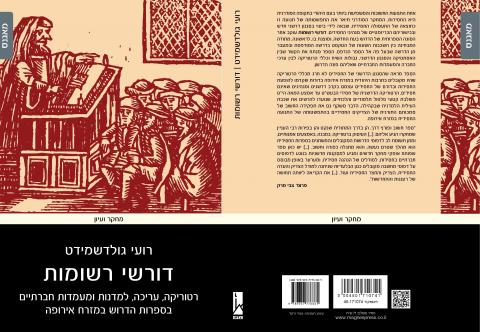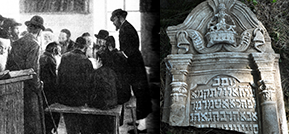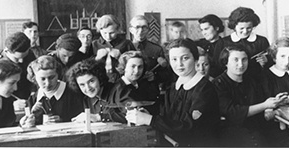Homiletic Literature in Eastern Europe: Rhetoric, Talmudic Erudition and Social Stature

The new book of Israeli scholar Roee Goldschmidt is based on research, supported by the Jewish Galicia and Bukovina Organization. It analyzes the Jewish homiletic literature of Eastern Europe, and especially of Galicia, from the sixteenth to the beginning of the nineteenth century.
The research relates to two main topics:
1. The homiletic literature in Eastern Europe: the editorial methods involved in printing manuscripts of sermons, homiletics as a living phenomenon, sermons as aesthetic works, and the social implications of this literature.
2. The Hasidic leaders, the Zaddikim, who functioned as communal rabbis in Galicia from the end of the eighteenth century: their communal and intellectual activity in the context of the spread of Hasidism in Galicia, Bessarabia, and Bukovina.
The methods and contents of the research are important for understanding several cultural, theological, and social phenomena in Galicia at the turn of the eighteenth century.
Roee Goldschmidt's conclusions reinforce the suggestion made in recent studies that the spread of Hasidism did not undermine the credibility of the communal establishment. Several Hasidic Talmudists (especially in Galicia) served in traditional roles as communal rabbis. They saw their public roles as Zaddikim in rendering halachic rulings on ritual and monetary cases and delivering ethical messages. Rabbinic Zaddikim had played this role in Galicia even before the Haskalah; therefore, the phenomenon should not be seen as a reaction, a decline, or as an instance of insularity in face of the Haskala threat, as many historians have argued. The research also softens a caricature image of Galician Hasidic rabbis, described in maskilic writings as lacking meaningful Torah scholarship.
See Hebrew summary






